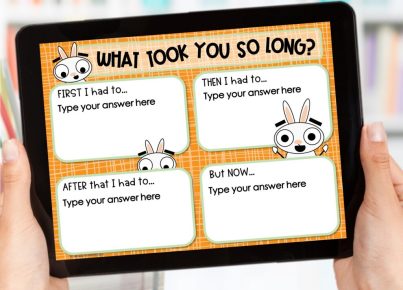In today’s world, technology is ubiquitous, and it has influenced various aspects of human life; education is no exception. In recent years, online learning has become a popular mode of learning in various classrooms, and this trend is expected to continue as device access broadens. This article explores the impact of online learning in the classroom and how it has changed the traditional teaching approaches.
Online learning has gained popularity mainly due to its flexibility. With online learning, students can learn at their own pace and convenience. Online learning has no specific time limit, and students can take classes at any time. Besides, online learning has enabled students to access educational materials and resources from all over the world, which has brought diversity to the classroom.
Moreover, with online learning, communication between teachers and students has become more comfortable. Online learning platforms such as Google Classroom offer teachers and students various communication channels from emails, video conferencing, to instant chats, which enables both parties to interact easily.
The COVID-19 pandemic has accelerated the adoption of online learning. When the pandemic hit, most schools were forced to close, and students began learning remotely. This has shown the importance of technology in education, and it is evident that online learning will continue to grow in the future.
As device access broadens, more students will have access to technology, which will enable them to learn online. With online learning, students with disabilities and those who live in remote areas can access quality education from any location.
However, online learning has its challenges. The lack of supervision and motivation in online learning can lead to procrastination and the ability for students to cheat on assignments and assessments. Furthermore, access to technology can become a roadblock for students from low-income families.
Teachers should ensure that online learning is integrated into the classroom effectively. Teachers should offer guidance to students and monitor their progress to ensure students are motivated and to prevent cheating. Additionally, teachers should ensure that online learning is not impersonal and that it still encourages student engagement and participation.
In conclusion, online learning has transformed the traditional teaching approaches and has brought many benefits to the classroom. With device access broadening, more students will access online learning, which will lead to the further development and future growth of online learning. It is the teacher’s responsibility to ensure that online learning is effectively integrated into the classroom and offers students a rewarding and productive learning experience.




